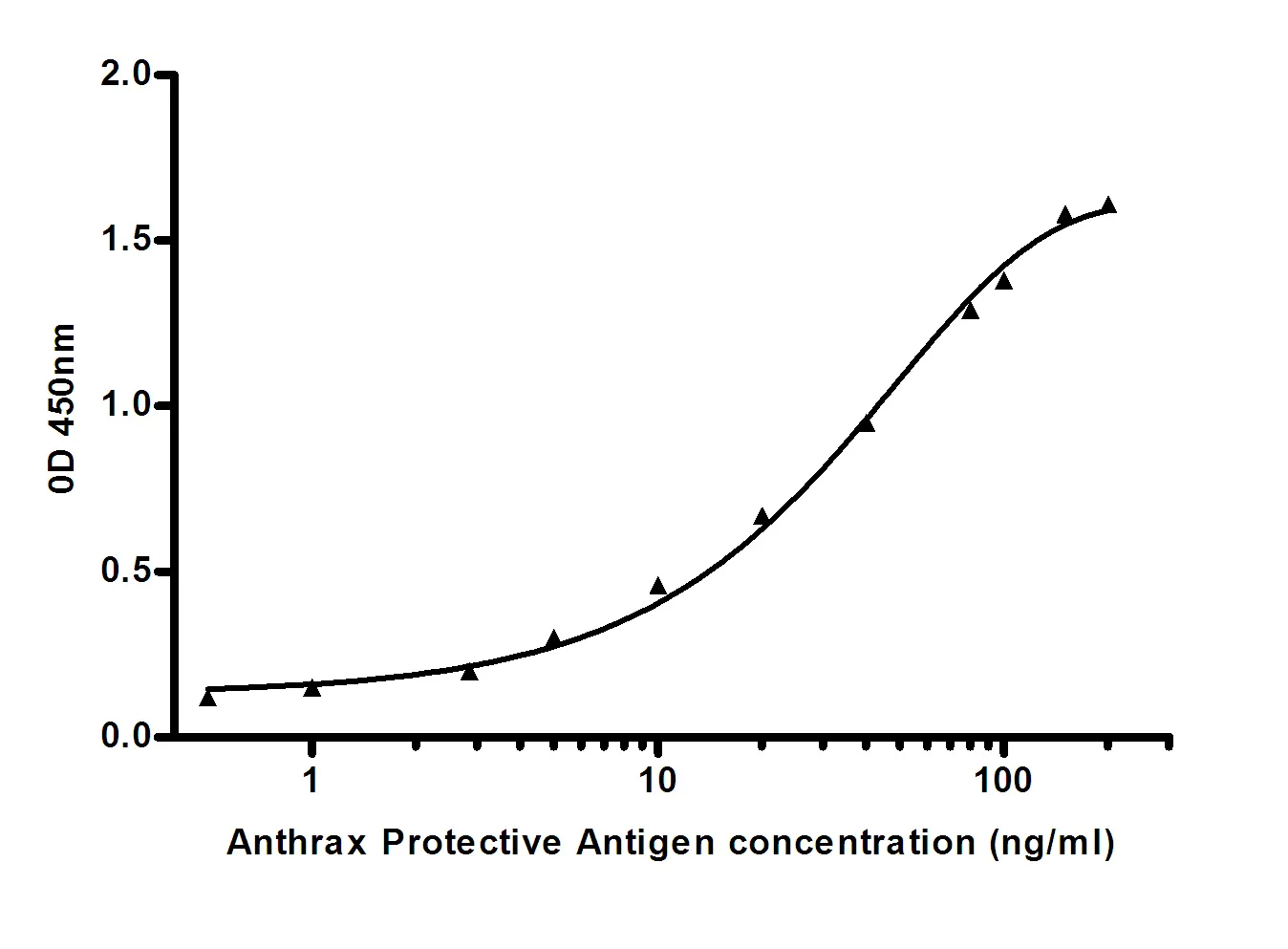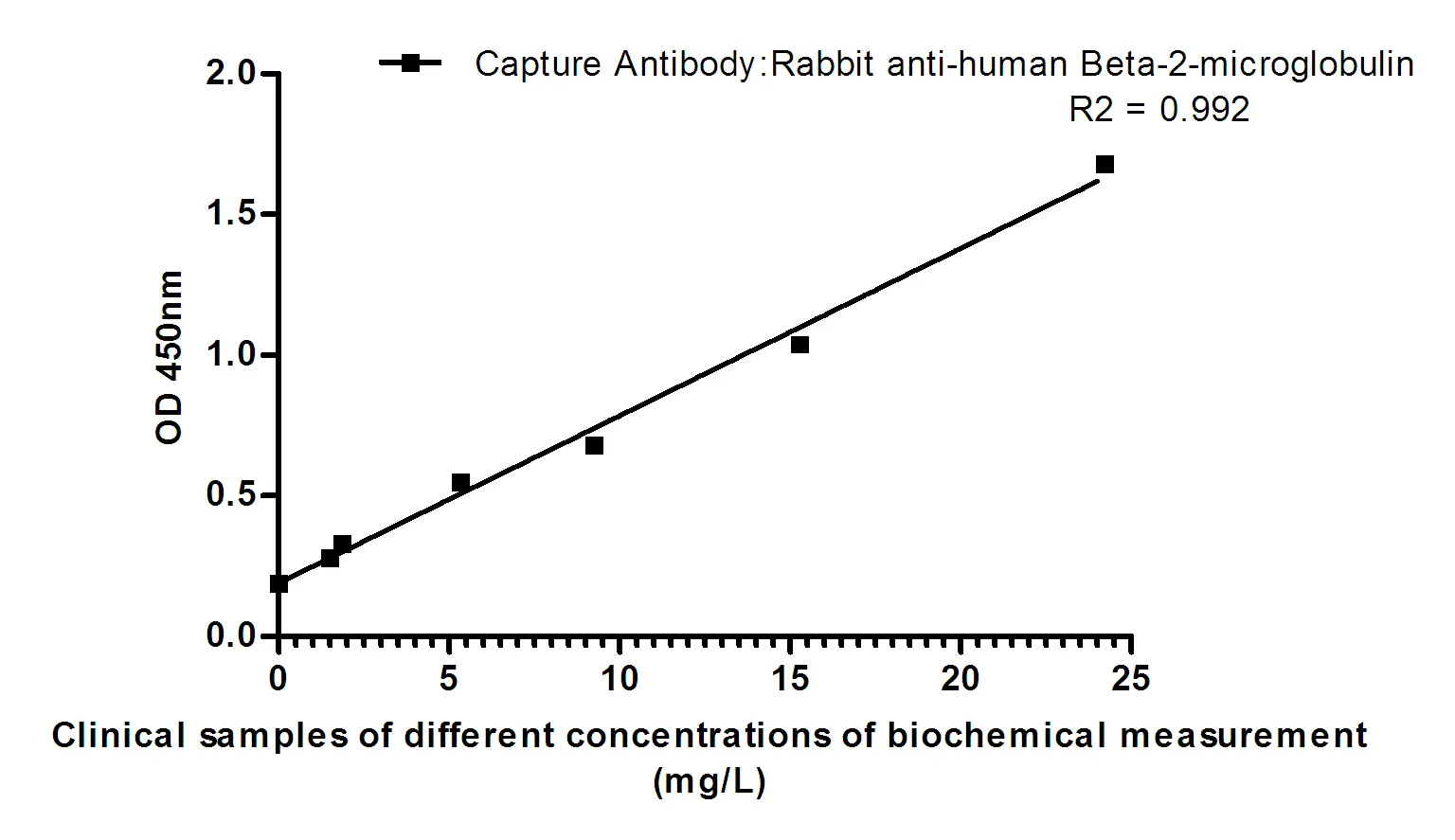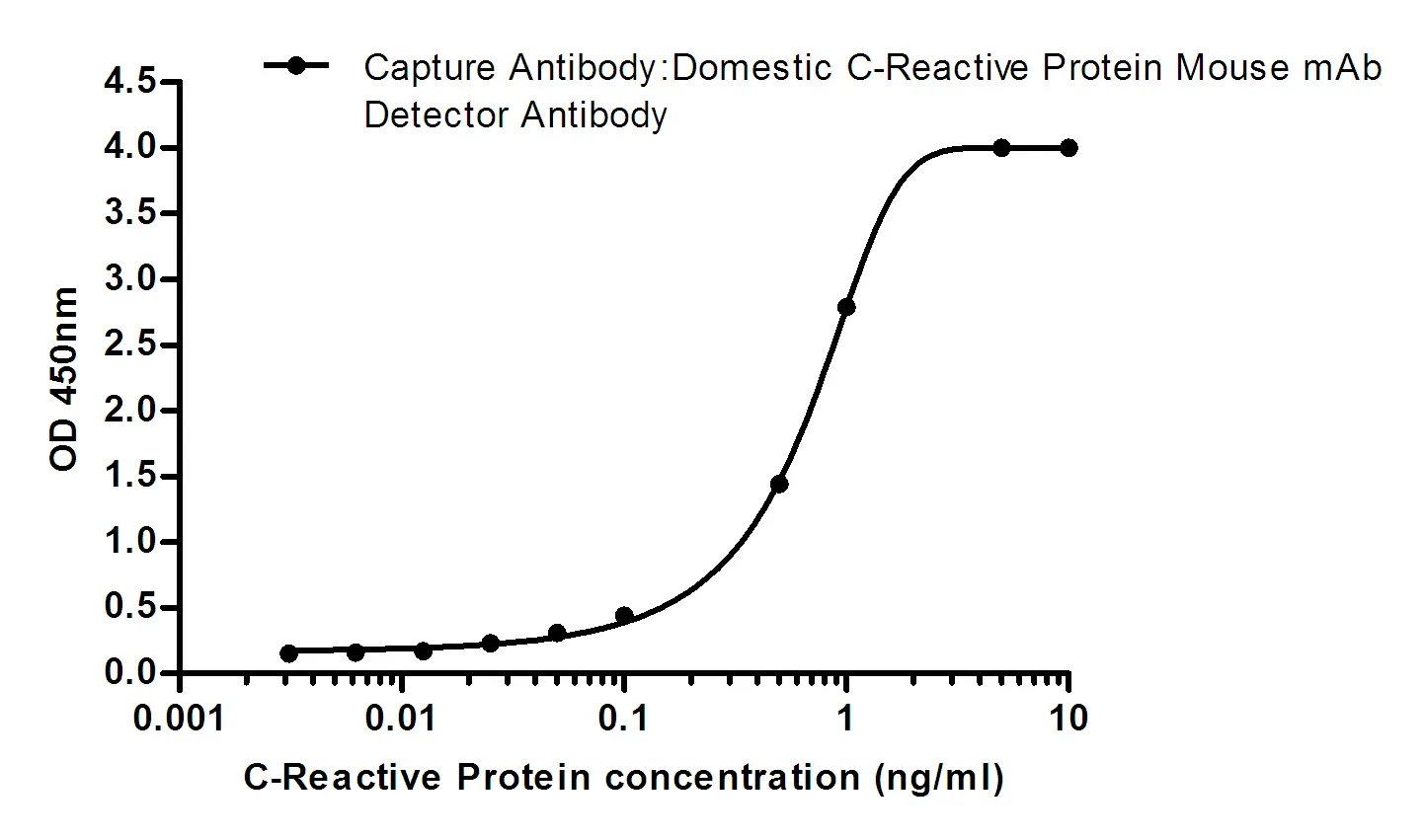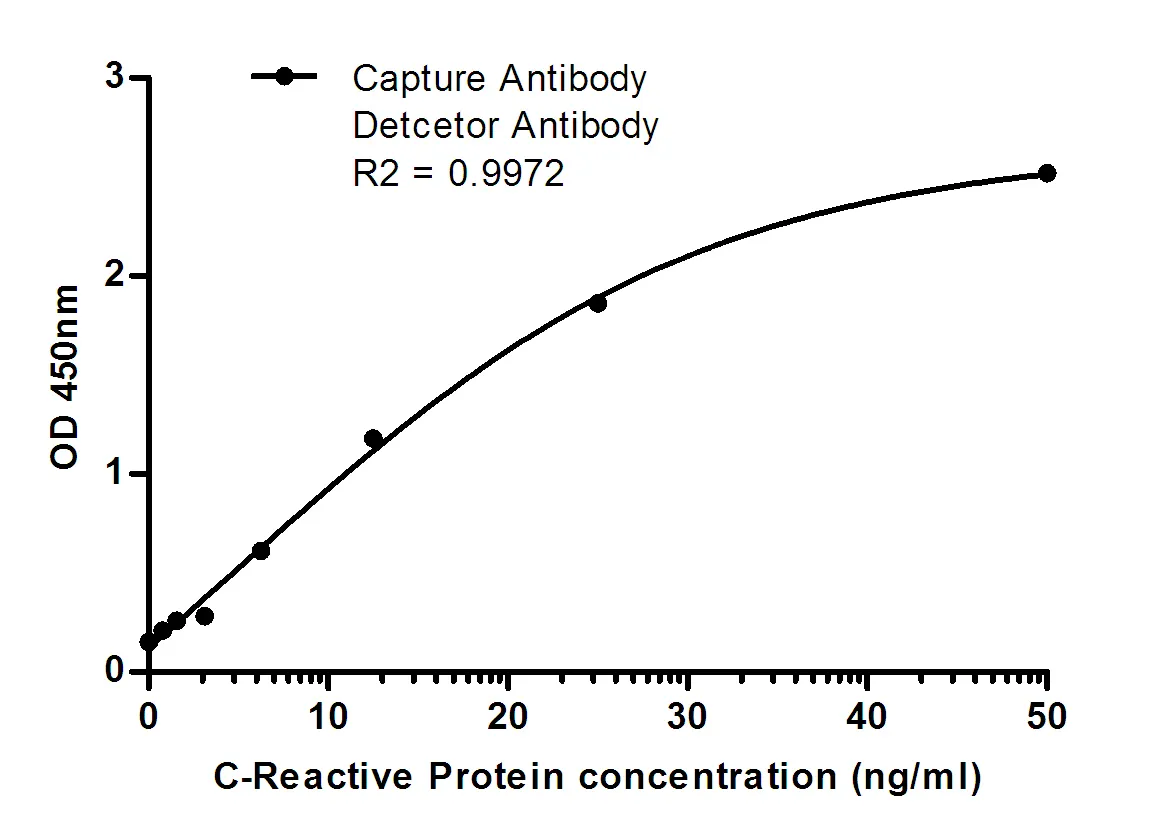Summary
Performance
Immunogen
Application
Background
This gene encodes an essential regulator of mitochondrial Ca2+ uptake under basal conditions. The encoded protein interacts with the mitochondrial calcium uniporter, a mitochondrial inner membrane Ca2+ channel, and is essential in preventing mitochondrial Ca2+ overload, which can cause excessive production of reactive oxygen species and cell stress. Alternatively spliced transcript variants encoding different isoforms have been described. [provided by RefSeq, Mar 2013],allergen:Causes an allergic reaction in human. Binds to IgE from atopic dermatitis (AD) patients. Identified as an IgE autoantigen in atopic dermatitis (AD) patients with severe skin manifestations.,function:Induces T helper 1-mediated autoreactivity, which is accompanied by the release of IFNG.,sequence caution:Contaminating sequence. Sequence of unknown origin in the N-terminal part.,similarity:Contains 2 EF-hand domains.,tissue specificity:Expressed in epithelial cell line. Strongly expressed in epidermal keratinocytes and dermal endothelial cells.,
Research Area




